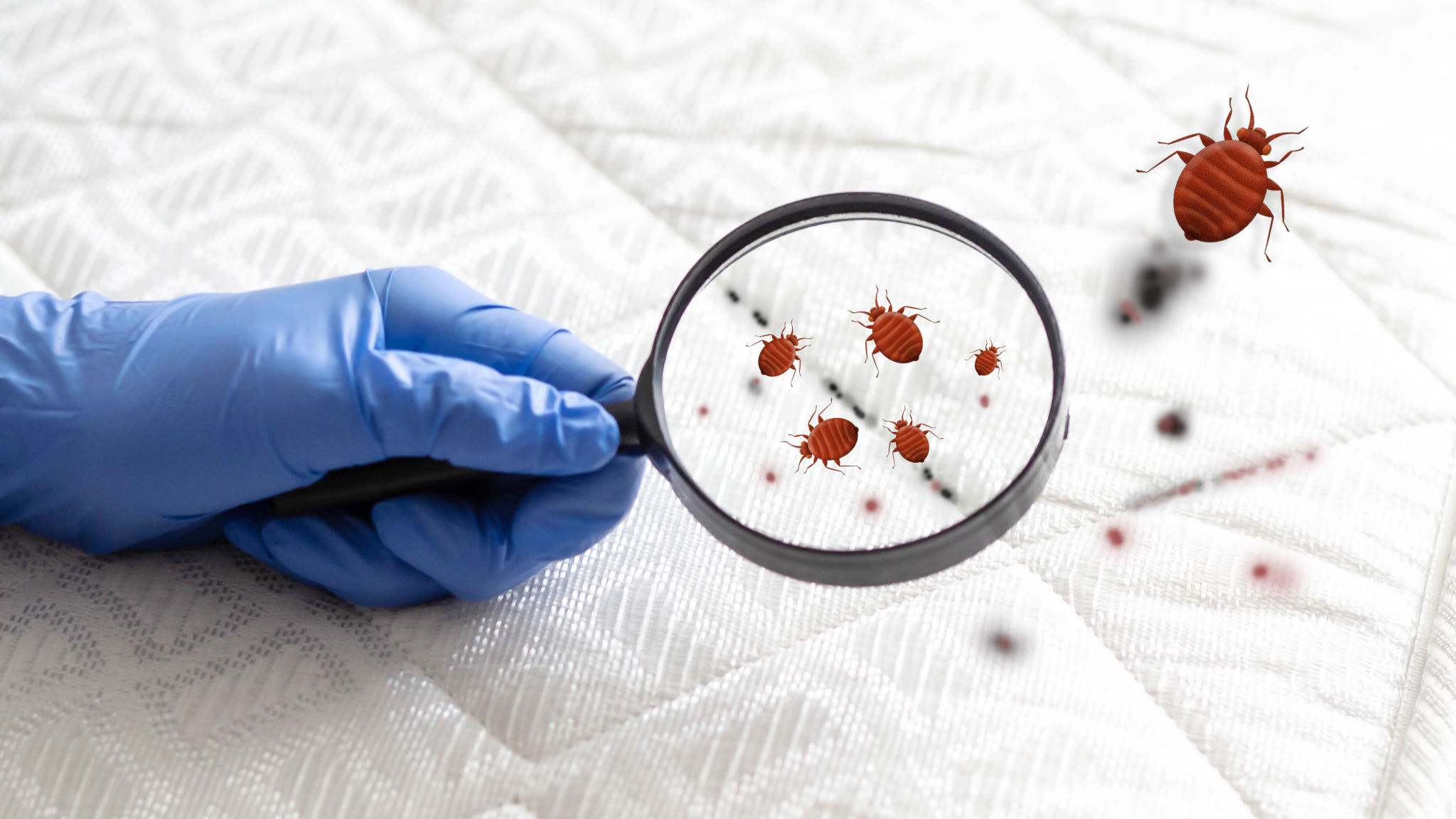DIY Bed Bug Removal: What You Can Do Before Calling a Professional
Identifying Bed Bug Infestations
Bed bugs are notorious for their resilience and ability to hide in the tiniest of crevices. Before considering DIY removal, it's crucial to confirm their presence. Look for signs such as small reddish-brown stains on your sheets, a sweet musty odor, or tiny white eggs in mattress seams and furniture.
A thorough inspection includes checking mattresses, bed frames, headboards, and nearby furniture. Pay special attention to cracks and crevices where these pests are likely to hide during the day. Early detection can prevent a minor infestation from turning into a major problem.

Preparing Your Home
Once you've confirmed the presence of bed bugs, preparation is the next step. Start by decluttering your space. Clutter provides more hiding spots for bed bugs, making it harder to eliminate them effectively. Seal items you need to remove from the infested area in plastic bags to prevent spreading.
It's also essential to wash all bedding, linens, curtains, and clothing in hot water. Dry them on the highest heat setting to kill any hidden bed bugs or eggs. For items that can't be washed, consider placing them in a dryer on high heat for 30 minutes.

Vacuuming and Steaming
Regular vacuuming is a vital part of DIY bed bug removal. Use a vacuum cleaner with a HEPA filter to capture all bed bugs and eggs. Focus on seams, edges, and other hiding spots, and empty the vacuum contents into a sealed bag immediately after use.
Steaming is another effective method, as bed bugs cannot withstand high temperatures. Use a handheld steamer on mattresses, furniture, and other areas where bed bugs are suspected. Ensure the steam reaches at least 160°F to be effective.
Using Bed Bug Sprays and Powders
There are several bed bug sprays and powders available on the market that can help in controlling the infestation. Be sure to select products labeled for use against bed bugs and follow the manufacturer's instructions carefully.
Diatomaceous earth is a popular choice for a natural solution. This powder can be sprinkled in crevices and along baseboards where bed bugs travel. It works by dehydrating and killing the pests upon contact.

Encasing Your Mattress
Encasing your mattress and box springs with specialized covers can prevent bed bugs from entering or escaping. These encasements are designed to trap bed bugs inside, cutting off their food source and eventually leading to their demise.
Ensure that the encasements are snug-fitting and free of tears or holes. This method is particularly effective when used in conjunction with other removal techniques.
When to Call a Professional
Despite your best efforts, bed bugs can be incredibly difficult to eradicate completely using DIY methods alone. If the infestation persists or worsens after your attempts, it may be time to call in professional pest control services.
Professionals have access to more potent treatments and the expertise to handle severe infestations effectively. They can provide a comprehensive approach that ensures complete elimination of bed bugs from your home.
